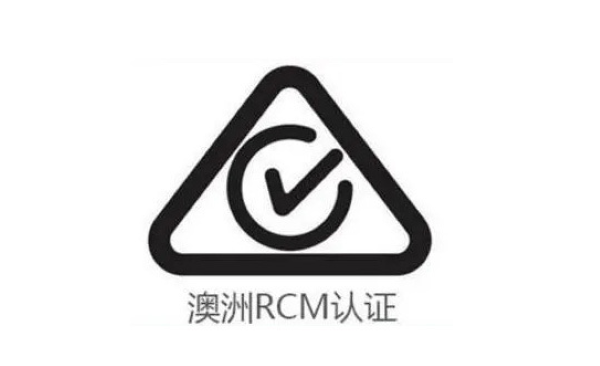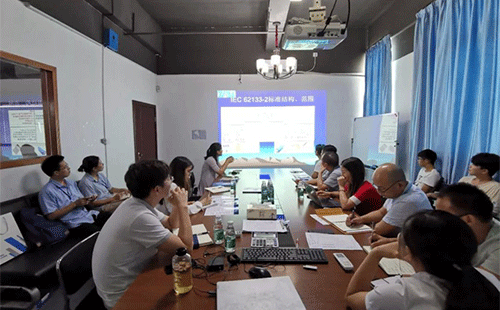On September 29, 2022, the Governor of California approved Act AB 1817 to add Chapter 13.5 to Part 3, Section 104 of the California Health and Safety Act. The main content is to prohibit the manufacture, distribution and sale of textiles containing perfluoroalkyl and polyfluoroalkyl substances (PFAS) from January 1, 2025. The specific contents of the bill are as follows:
Scope of application
"Textiles" refer to the types of textiles commonly used in families and enterprises, including but not limited to clothing, accessories, handbags, backpacks, curtains, shower curtains, furniture, interior decoration, bedding, towels, napkins, tablecloths, etc.
The above textiles do not include:
◆ carpets regulated by the Safer Consumer Goods Act and treatment agents containing PFAS for processing textiles or leather;
◆ Components of vehicles defined by vehicle laws and regulations;
◆ Port and navigation rules define ship components;
◆ Filter media and filter products used in industrial applications, including but not limited to chemical, pharmaceutical and environmental control technologies;
◆ textiles for laboratory analysis and testing;
◆ Stadium sunshade or other building fabric structures.
Control requirements
Any of the following conditions is prohibited:
◆ Intentionally add PFAS to textiles;
◆ The total amount of organic fluorine in textiles is higher than:
a. 100 ppm from January 1, 2025;
b. 50 ppm from January 1, 2027.
Exemptions
From January 1, 2025, if the outdoor clothing used in severe wet conditions is accompanied with PFAS information disclosure and statement of "Made with PFAS chemicals", it can be sold until January 1, 2028.
About PFAS
PFAS refers to the general name of a class of synthetic organic fluorine compounds containing at least one fully fluorinated carbon atom, including perfluorooctanoic acid (PFOA), perfluorooctanesulfonic acid (PFOS), other perfluoroalkyl alcohols, esters, etc. This kind of compound was initially used to extinguish large petroleum fires. Because of its excellent chemical stability, thermal stability, hydrophobicity, oleophobicity and high surface activity, it is also widely used in fire foam, non stick materials, coatings, paper making, textiles and other industries.
PFAS cannot be decomposed by photodegradation, thermal degradation, biodegradation or other chemical means, nor can it be metabolized in the organism. It has strong persistence and bioaccumulation, so it is also known as "forever chemical".
The excellent thermal and chemical stability of PFAS is harmful to the environment and human health. Once a large number of PFAS enter the organism, especially the human body, it is likely to cause cancer risk and endanger human health.
Tips
The chemical structure of PFAS is very stable, and it can hardly be degraded in the environment, so it is called "eternal chemical substance". For these persistent organic pollutants, more PFAS like substances are included in regulatory control around the world, and the scope of PFAS restrictions is becoming more and more extensive. ZRLK recommends that relevant enterprises pay attention to the progress of domestic and foreign regulations, investigate the use of PFAS in products as early as possible, and prepare PFAS replacement plans in advance to ensure that the products put on the market meet regulatory control requirements and avoid unnecessary economic losses.












